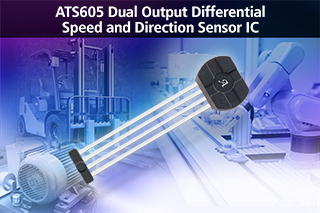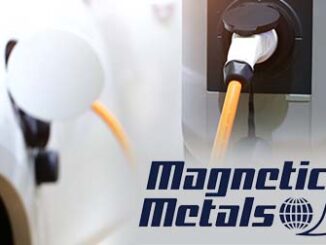
Magnetocardiography technology company, Genetesis, is the latest investment by TDK Corporation’s $50 million venture fund which the company established last year. It is the first investment by TDK Ventures in the healthcare space and ties in closely with recent advancements by TDK in the development of ultra-sensitive biomagnetic imaging sensors.
Two earlier investments were made in electric aviation startup, AutoFlightX, and e-mobility robotics company, Starship. Both companies incorporate magnetics technology into their fledgling, disruptive products.
Ohio-based Genetesis develops advanced medical imaging solutions for cardiac diagnostics. It is positioned to leverage TDK’s global reach and expertise in biomagnetic sensors, piezo actuators, magnetic noise suppression, MEMS technologies and electronics, said the company. It fits the venture fund’s mission to invest in innovative startups focusing on digital and energy transformation and contributing to sustainability.
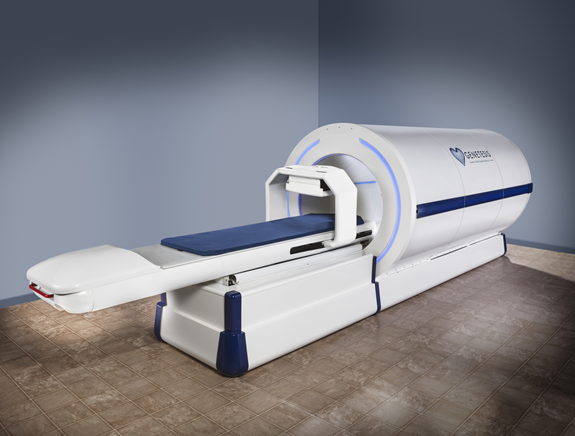
Its CardioFlux system detects tiny biomagnetic signals of the heart produced by cardiac tissue’s electrical activity when pumping blood. Within minutes, it identifies if patients with chest pain need interventional cardiac procedures, and ones that can be sent home safely. The imaging device is comprised of a magnetic shield and an array of 36 magnetic sensors to isolate and measure the heart’s magnetic field.
Founded in 2013 by Shrivastava and three other co-founders, the company installed its first prototype system at Michigan’s Ascension Hospital in 2017 to generate initial clinical results. Notable milestones include FDA approval of its MCG and HIPAA-compliant Faraday Cloud system which analyzes and displays the results, CMS reimbursement from Medicare, and two in-progress clinical trials. Genetesis aims to install more than 10 systems in 2020 to continue clinical studies for newer diagnostics, gather real-world data on health economic outcomes research, and obtain evidence to support private insurance coverage.

“TDK’s rich history in magnetics and its recent breakthroughs in biomagnetics at picoTesla levels makes them one of our strongest partners to date,” said Peeyush Shrivastava, CEO and founder of Genetesis. “We are committed to bring the most accurate diagnostics that can assist emergency physicians and cardiologists in making the best decisions for cardiac health in a non-invasive and a rapid fashion. We are elated to have TDK as our strategic partner because of their pioneering work in magnetic materials and its commercialization. Their recent leadership around supporting frontier-tech entrepreneurs caught our attention and we are excited about this next chapter.”

According to Managing Director Nicolas Sauvage, TDK Ventures investigated and researched companies with the most accurate, rapid and non-invasive cardiac diagnostics with potential for adoption by hospitals worldwide. Genetesis unlocks a spectrum of use cases in chest pain triage and cardiac diagnostics that provide both immediate and lasting patient benefit, and enables a clear, profitable business case for hospitals and payers.
“Genetesis’ Cardioflux system will save lives and reduce costs for emergency departments, as well as free up valuable resources like beds otherwise allocated for overnight observations in hospitals – invaluable in pandemic situations such as the one we have today with COVID-19,” Sauvage noted.
TDK’s biomagnetic sensing technology
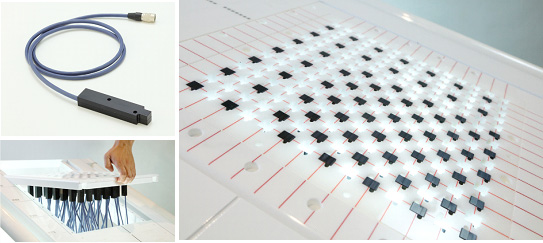
Sensors are one of TDK’s key technologies and the company is focused on development of a wide variety of sensors for various applications. One of these is a high sensitivity magnetic sensor capable of measuring very weak biomagnetic fields. This technology can open up the possibility of finding solutions to problems such as the existence of heart disease in an unborn infant, which cannot be discovered using an existing electrocardiograph, or ischemic heart disease which is difficult to detect at an early stage.
TDK has developed compact and highly sensitive biomagnetic sensors through development of applications with magnetoresistive (MR) element technology utilizing spintronics technology that was cultivated through the manufacture of hard disc drive heads. This has made it possible to sense weak biomagnetic fields which could only be measured by using a SQUID (Superconducting Quantum Interference Device) flux meter up to now. Through collaborative research with the graduate school of the Tokyo Medical and Dental University, TDK developed its biomagnetic measurement system using a multi-channel sensor array.
“We are the first in the world to successfully carry out measurement and visualization of the cardiac magnetic fields using MR sensors,” says the company. “Unlike the SQUID flux meter, which is an expensive and bulky system that also requires a cooling device using liquid helium (Dewar), this system, which uses MR sensors, is capable of measurement with high sensitivity even at room temperature. It is also compact and has excellent operability and portability. As a result, it is expected to have applications not only in the field of medical diagnosis such as magnetocardiography, but also in the fields of health care and sports science.”
Important features include its detailed magnetic resolution which is close to the SQUID domain with a system cost of about one-tenth of a SQUID flux meter. TDK is also developing a sensor with a magnetic resolution of just a few pico-Teslas that can be used to measure the magnetic fields of the brain.
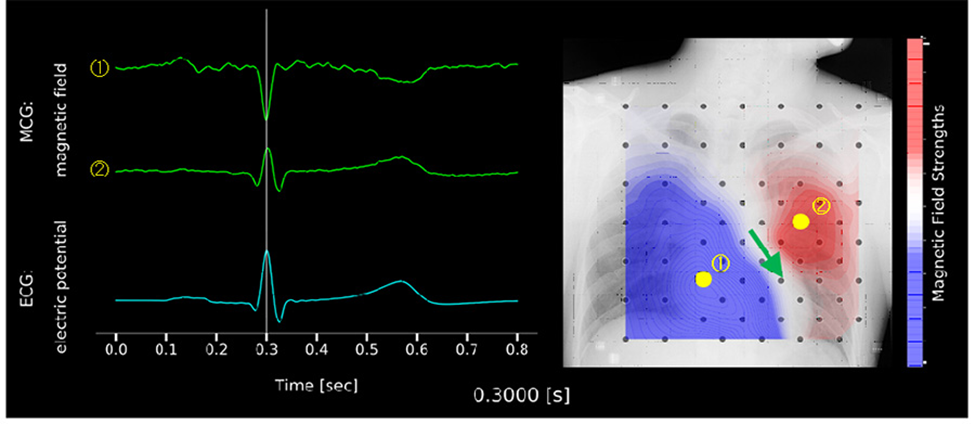
The image above shows an example of measurement and visualization of cardiac magnetic field distribution using TDK’s 64ch MR magnetic sensor arrays. The blue waveform is an electrocardiogram (ECG), the green waveform is a magnetocardiogram (MCG), and the picture is the magnetic field distribution of the heart superimposed on the X-ray image of the chest. The black dots are sensor channels and the waveform of the magnetocardiogram is the time waveform of magnetic field intensity obtained from sensor channels indicated by yellow dots. The peak of one of the waveforms faces the opposite direction of the other one because of the difference in direction of the lines of magnetic force.
The white curved lines in the photo, which are similar to the isobar lines of a weather map, connect points with magnetic field intensity equal to around the heart at the time of measurement supporting R waves of the electrocardiogram. The red area and blue area represent the differences in the direction of the lines of magnetic force. The red area shows the direction in which the line of magnetic force is ballooning. The blue area shows the direction in which the line of magnetic force is drawing inwards. R waves of the electrocardiogram accompany the contraction of the ventricles.
Judging from the magnetic field distribution, direction of the line of magnetic force, and the right hand screw rule, it can be estimated that the action potential of the heart at this time is flowing in the direction shown by the green arrow.
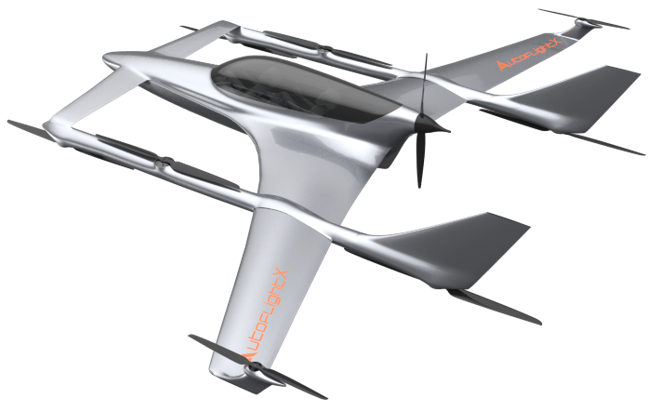
AutoFlightX, developer of an electric vertical take-off and landing platform, was the previous investment made by TDK Ventures. Headquartered in Munich with research and development centers in Shanghai and Shenzen, China, the company is positioned to become a provider of air-cargo and air-taxi aircraft and services. Its 50 kg platform can carry payloads of up to 20 kg and has a flight time of two to five hours continuous cruise. The company also has a pipeline of platforms that will carry up to 300 kg and can fly two to five hours, depending on the payload.

Earlier came an investment from TDK Ventures into Starship Technologies which was launched in 2014 by Skype co-founders, Ahti Heinla and Janus Friis. Today it operates in several cities across the world with its headquarters in San Francisco and main engineering office in Estonia. Envisioning a new kind of business based on a combination of mobile technology, autonomous robots and partnerships with stores and restaurants, Starship aims to make local delivery faster, smarter and more cost-efficient.
Its electrically-powered robots are advanced devices that can carry items within a 4-mile radius. The concept is to enable a new era of instant delivery that works around the customer’s schedule at much lower costs. Parcels, groceries and food are directly delivered from stores, at the time that the customer requests via a mobile app. Once ordered the robots’ entire journey and location can be monitored on a smartphone.
For more info, see www.tdk-ventures.com and www.tdk.com.

